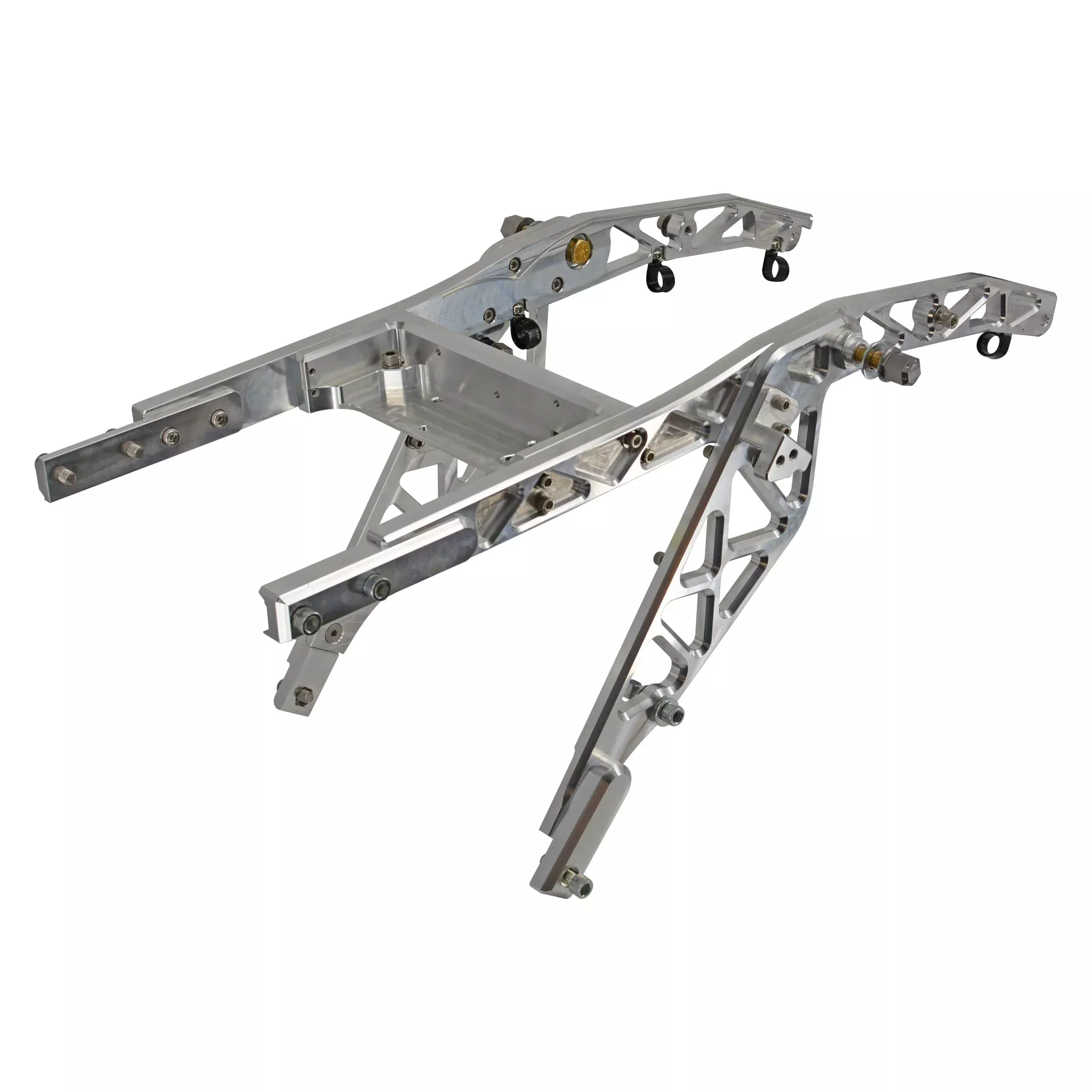The commercial-paper market, where large creditworthy companies go for short-term funding, has shown signs of pressure since last week amid a coronavirus panic that has rocked Wall Street in recent weeks.
Investors and portfolio managers are now expecting the Federal Reserve to open up a commercial paper credit facility where the U.S. central bank would purchase such securities as part of so-called 13(3) emergency lending programs last seen during the financial crisis. They point out the facility was one of the few measures missing from the U.S. central bank’s announcement on Sunday, which ranged from asset purchases to rate cuts.
“The commercial paper market will likely be the Fed’s next target to unfreeze,” speculated BofA Global Research analysts Mark Cabana and Olivia Lima in a research report that was published March 13, who had anticipated the Fed to open up the emergency lending facility as soon as Sunday.
See: Fed, not waiting until meeting, slashes rates to zero and restarts QE
The market for commercial paper, or debt that matures in 270 days or less, is used by highly-rated corporations to fund short-term liabilities, including inventory payments and employee salaries and therefore represents access to funds that businesses rely upon for basic operations.
However, the outbreak of COVID-19, the deadly pandemic that was first identified in Wuhan, China in December and has infected nearly 160,000 people world has wreaked havoc on consumer and business activity globally, as governments quarantine citizens and businesses compel staff to work from home to mitigate the spread of the illness.
Those concerns have weighed on U.S. equities, with the S&P 500
SPX, -8.07%
and Dow Jones Industrial Average
DJIA, -8.67%
on pace for a more than 20% drop this year.
Against that backdrop, investors who purchase commercial paper have asked for additional yield in return for the risks associated with lending funds to companies facing a sharp slump in cash flows, while borrowers have been eager to raise cash short-term funds for their everyday needs with an expected slowdown in revenues as a result of the novel coronavirus.
“Liquidity is very challenged in the commercial paper market,” Pramod Alturi, a portfolio manager at Capital Group, told MarketWatch, who added that if such pressures persist, it could force creditworthy businesses to issue shorter maturity commercial paper over a one to seven-day horizon versus the usual one month. This could potentially constrain cash flows for companies even further as they would need to roll over their issuance of short-term debt more frequently.
Rates between 90-day commercial paper and the 3-month Libor-OIS spread has risen in recent days to above 1%, levels last seen near the financial crisis.
“The reason why the commercial paper market is important is that it’s used to keep cash plentiful across corporate balance sheets, assuming we’re seeing a drying up of large capital purchases. Companies like GM
GM, -11.96%
and Ford
F, -10.21%
could be at risk of not making payroll, if the commercial paper market freezes up,” said Joe Brusuelas, chief economist at RSM.
Investors say the commercial paper credit facility could help restore liquidity in the market because if money market funds that purchase commercial paper are seeing outflows, they need a guaranteed buyer to step in to prevent the value of the fund from falling below $1 a share, according to Lale Topcuoglu, senior fund manager at JOHCM.
The Fed’s interventions could thus help avoid a repeat of 2008 when money market funds “broke the buck” — when investors actually see losses in what is advertised as a risk-less investment.
Pressures in the commercial paper market also come as major corporations like Boeing
BA, -17.44%
tap their credit revolver lines, also sources of short-term funds. Though, market participants agree that banks are well-capitalized this time around, the growing number of companies tapping the credit lines could put undue pressure on banks’ balance sheets.
Read: Boeing’s push to preserve cash and tap huge credit line spooks investors
Analysts aren’t sure why the Fed neglected to deploy the commercial paper facility on Sunday.
Krishna Guha at Evercore ISI suggests the lack of the facility in Sunday’s announcement was down to the “limited bandwidth in the rush to prepare the Treasury and MBS-focused easing package and extra care pulling the trigger on 13(3) post financial crisis – but not a lack of willingness to deploy these programs,” he said in a Sunday note.
It’s therefore likely to be a matter of days before the Fed looks to backstop the commercial paper market, said Tom Graff, head of fixed-income at Brown Advisory.
Source : MTV














